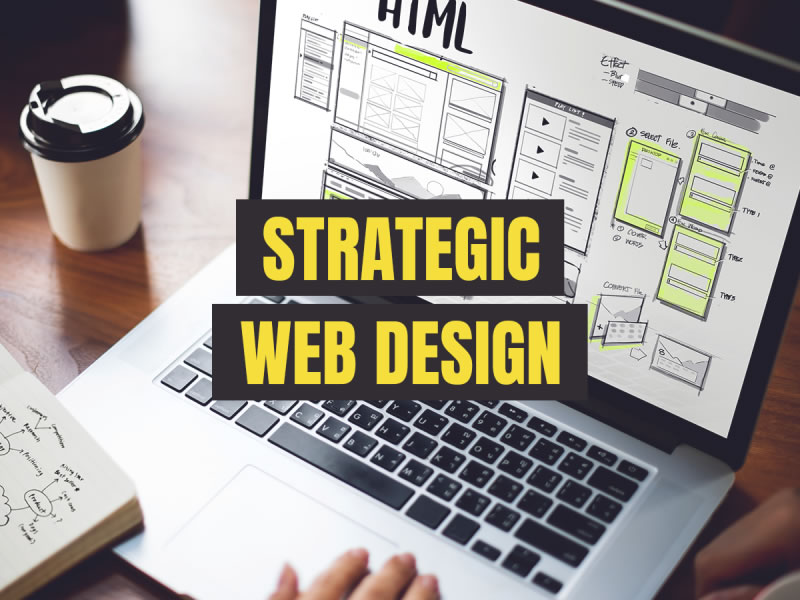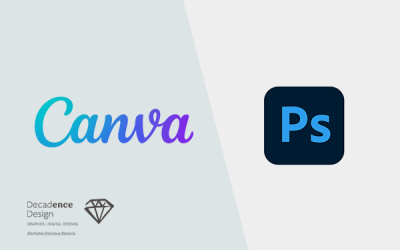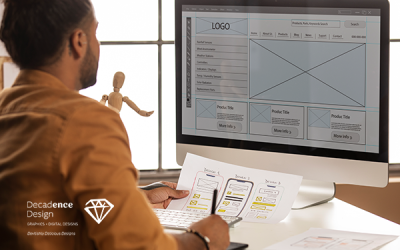As the new year approaches, it’s essential for business owners to reflect on their digital presence and consider how they can improve and optimize it. In today’s digital age, a strong online presence is crucial for success, and one of the key elements of that online presence is a well-designed website. A strategically designed website not only enhances your brand image but also helps attract and engage potential customers. In this guide, we will explore the importance of strategic web design and provide you with valuable insights on how to plan for the upcoming year.
Assessing Your Current Website
Before diving into planning for the future, it’s essential to assess your current website. This evaluation will help identify any areas that need improvement and serve as a starting point for your strategic web design journey. Consider the following aspects:
User Experience (UX)
Evaluate how user-friendly your website is by putting yourself in the shoes of your target audience. Is it easy to navigate? Are there any unnecessary steps or confusing elements? Analyze user behavior metrics like bounce rate and time spent on page to gain insights into areas that require enhancement.
Visual Appeal
Does your website have an appealing design that aligns with your brand identity? Assess the visual elements such as color scheme, typography, imagery, and overall aesthetics. Ensure that these elements effectively communicate your brand message while capturing visitors’ attention.
Mobile Responsiveness
With mobile usage surpassing desktop usage, having a mobile-responsive website is no longer optional—it’s imperative. Check if your current site adapts seamlessly across different devices and screen sizes to offer an optimal user experience.
Content Evaluation
Take stock of your existing content—articles, product descriptions, images—to determine its effectiveness in engaging and informing visitors. Identify gaps where new content could be added or existing content can be optimized for better search engine visibility.
Defining Your Goals
To embark on a successful strategic web design plan, it’s crucial to define your goals and objectives. These goals will serve as the foundation for the decisions you make throughout the process. Consider the following areas when defining your goals:
Branding and Messaging
Think about how you want your brand to be perceived by visitors. What values and messages do you want to convey? Define a clear brand identity that can be consistently reflected in your website design.
Lead Generation and Conversion
Determine what actions you want visitors to take on your website. Do you want them to fill out a contact form, subscribe to a newsletter, or make a purchase? Set specific conversion goals that align with your business objectives.
Search Engine Optimization (SEO)
Consider the keywords and key phrases relevant to your industry that potential customers might use to find businesses like yours. Identify strategies to optimize your website’s visibility in search engine results pages (SERPs).
Planning Your Website Structure
A well-organized and intuitive website structure is vital for guiding visitors through their journey on your site. Here are some key considerations when planning your website structure:
Clear Navigation
Create a navigation menu that is easy to understand and navigate. Organize pages into logical groups and ensure that each page can be accessed within three clicks from the homepage.
Information Hierarchy
Define the importance of different pieces of information on each page. Use headings, subheadings, bullet points, and paragraphs strategically to guide readers’ attention and make their browsing experience more efficient.
Call-to-Action Placement
Strategically place call-to-action buttons or links throughout your website to prompt visitors towards desired actions. Whether it’s making a purchase, subscribing, or contacting you for more information, CTAs should be visually prominent.
Designing for User Experience (UX)
A positive user experience is paramount to keeping visitors engaged with your website. Consider these UX principles during the design phase:
Page Loading Speed
Optimize your website’s loading speed to avoid frustrating visitors. Compress images, minify code, and utilize caching techniques to ensure swift page loads.
Responsive Design
Ensure that your website is responsive across all devices and screen sizes. Test its performance on different platforms to guarantee a seamless experience for mobile, tablet, and desktop users.
Conclusion
Planning for strategic web design is an essential step in boosting your online presence and achieving your business goals in the upcoming year. By assessing your current website, defining clear objectives, planning an intuitive structure, and prioritizing user experience, you can create a website that captivates visitors and drives conversions. Stay tuned for the second part of this guide where we will delve into more advanced strategies to elevate your web design efforts in the new year.
Strategic Web Design: A Guide to Planning for the New Year
XML Link





